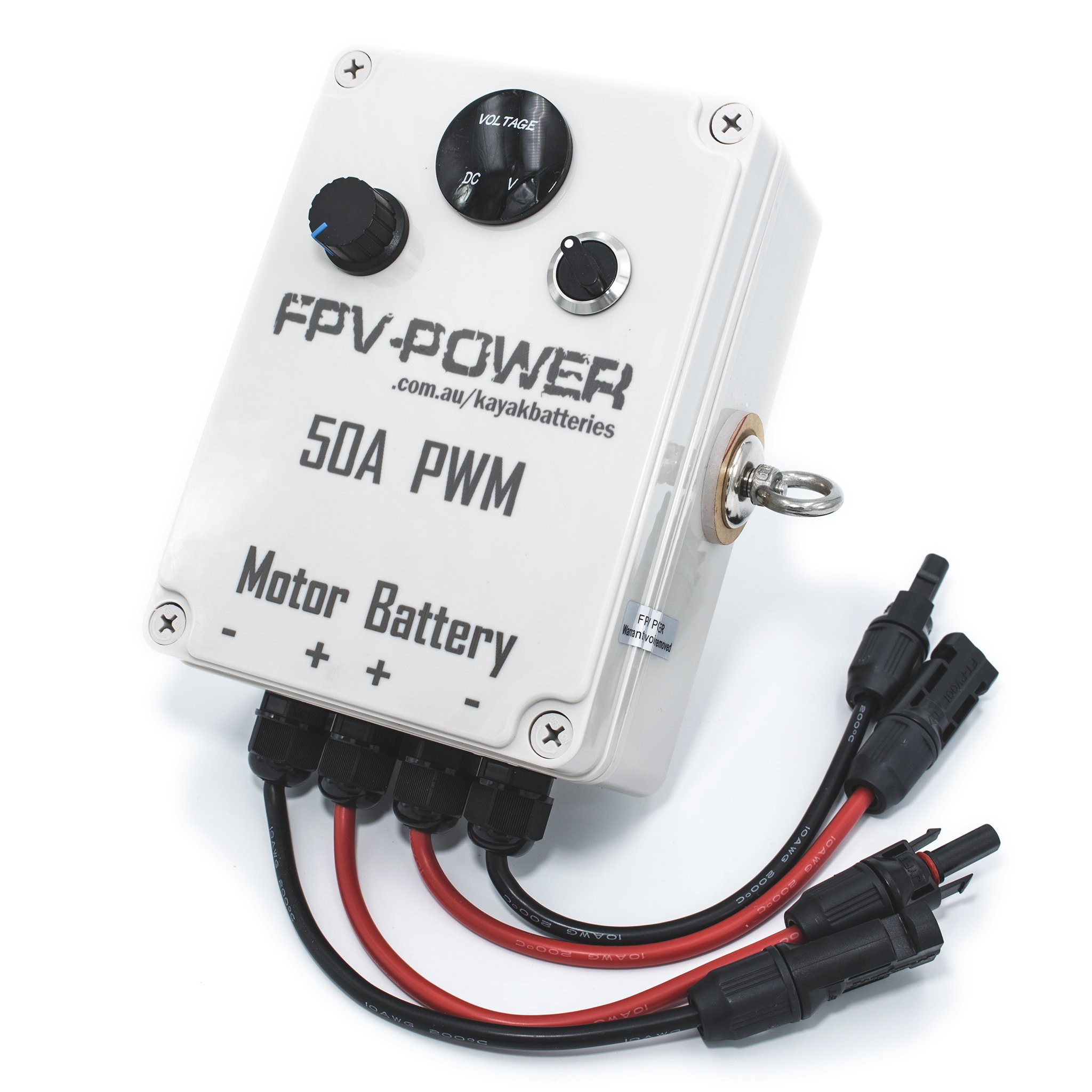gouthro2002
New Member
Hello
I am very new to this and have many blank spots, so I seek your patience if what I am saying doesn’t seem to make sense. I am trying to figure things out as i go along.
I am going to run a 30 lb thrust trolling motor with a 12v 100ah battery on a canoe. Someone mentioned that the motor can demand a lot of energy on starting up. So, a bit more reading lead me to the existence of something called a speed controller. Apparently it can rectify this problem. And, if i understand it correctly, this particular one will even allow me to remote control the motor. Am i right in this understanding? I will try to post a link to the one i am looking at on Amazon:
Thanks joe
See All Buying Options
Add to List
See more
I am very new to this and have many blank spots, so I seek your patience if what I am saying doesn’t seem to make sense. I am trying to figure things out as i go along.
I am going to run a 30 lb thrust trolling motor with a 12v 100ah battery on a canoe. Someone mentioned that the motor can demand a lot of energy on starting up. So, a bit more reading lead me to the existence of something called a speed controller. Apparently it can rectify this problem. And, if i understand it correctly, this particular one will even allow me to remote control the motor. Am i right in this understanding? I will try to post a link to the one i am looking at on Amazon:
Thanks joe
LCD Smart Digital Display 0~100% Adjustable 60a Pwm Dc Motor Speed Controller Timing Reversible Remote Control 12v 24v 36v 48v,Industrial Control
See All Buying Options
Add to List
About this item
- Can be set to start slowly
- LCD screen with backlight, can display working time, percentage of rotation speed, current mode, forward rotation, reverse rotation status
- Touch switch to switch forward and reverse, jog acceleration and deceleration solve the problem of the traditional potentiometer
- Multiple limit modes available
- Two modes, manual and automatic, are available
See more








